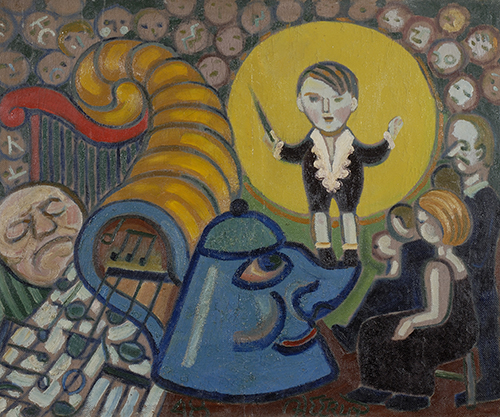
This post is also available in:

The NSU Museum of Modern Art in Fort Lauderdale celebrated the largest collection of CoBra Art in America at the Tea & Art History meeting, making it the only center for the CoBrA exhibition and art studio. on the national territory.
The collection, which consists of over 1700 works, was donated in 1978 by the spouses Golda and Meyer Marks, avid collectors of CoBra works, who decided to benefit entirely from the museum of the collection, starting in 1962. An archive composed of mix materials and works of art by more than 30 artists, among which, in addition to the six official founders: Karel Appel (Netherlands), Constant (Netherlands), Corneille (Belgium), Robert Jacobsen (Denmark) Asger Jørgensen known as Jorn (Denmark), also: Carl-Henning Pedersen (Denmark), Pierre Alechinsky (Belgium) Else Alfelt (Denmark), Jacques Doucet (France), William Gear (Scotland), Karl Otto Götz (Germany), Svavar Gudnason (Iceland), Asger Jorn (Denmark), Shinkichi Tajiri (United States) and Serge Vandercam (Denmark), among others.
Born at the turn of the 50s the CoBrA group, which derives from the acronym of the names of the cities of origin of the artists: COpenhagen, BRussels and Amsterdam, was a collective of artists of such short duration (three years) but so intense, defined, ironically, since the establishment of a Cobra Museum of Modern Art in Amsterdam in 1995. According to Dotremont, among the members of the collective, the name was: “A tribute to the geographical passion that has filled us in our newfound freedom, giving life to the animal myth”.
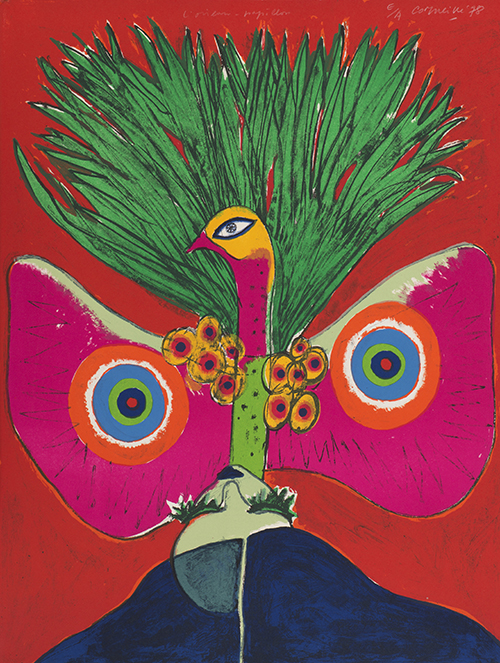
Driven by the need to confront and support war-torn Europe, the CoBrA group was made up of young people hopelessly affected by the trauma of war, who felt united by a feeling of extraordinary fortune in having survived such a painful experience and rending. In addition to this they were driven by the desire to achieve an artistic renaissance that they hoped would lead to personal fulfillment: “We wanted to start over, like a child”, said Karel Appel one of the founding members of the group. The CoBrA questioned the ideologies linked to the past starting from the total disregard for classical art and its geometry which placed individuality and the genius of the individual at the center. Focal points of the CoBra were in fact an art form that was collaborative, based on popular art, imagination, intuition and myth, a creative, animal and primitive art, inspired by the art of children and the outsider. The CoBrA art was expressed through murals, prints, publications and group works, which included, in addition to painting and sculpture, poetry and literature in all its forms. The CoBrA images were material, bold and very colorful images, which often mixed with writing (word-painting), sometimes they were joyful images, other times they became irreverent expressions of abstract and semi-abstract forms. Imaginative and often childish images, synonymous with the socialist and theoretical ideas of artists, linked to their strong Marxist convictions, although none of the group shared the inclination of the political right to theorize. They used new materials, discarded objects that they recovered by giving them life. The same political ideas will lead to the dissolution of the group in 1951, leaving the aftermath of what remained to be transferred to Paris in search of greater consideration.
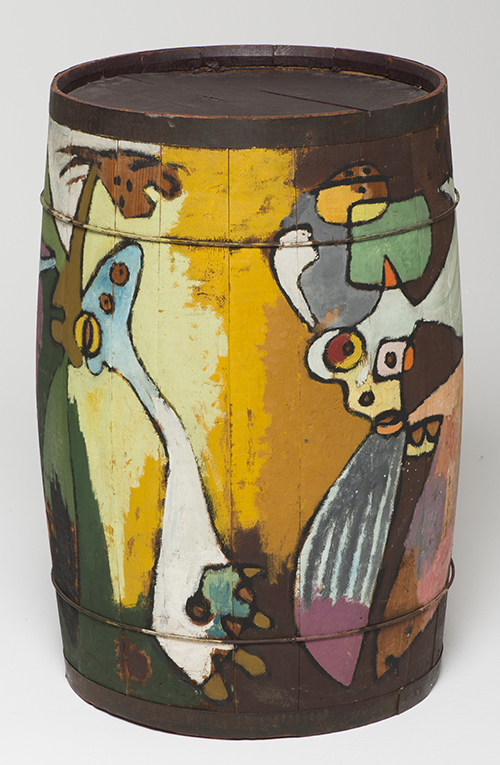
Characterized by adherence to Freudian thought, Danish folklore, Scandinavian mythology, and primitivism, the CoBrAs were influenced above all by the surrealist movement, with which they shared the spontaneity in the process of artistic creation with particular regard to the automatism understood as the reflection of the unconscious: A form of expression existing in mankind , repressed for too long, which required abandoning all command over art by having the unconscious control the hand while working.
The manifesto of the group was published by the magazine Reflex, with the title: La causa était entendue (The case was decided) fulcrum understood as the group’s determination to reject what they saw as sterile abstractions of geometric art, which became so popular in the two previous decades.
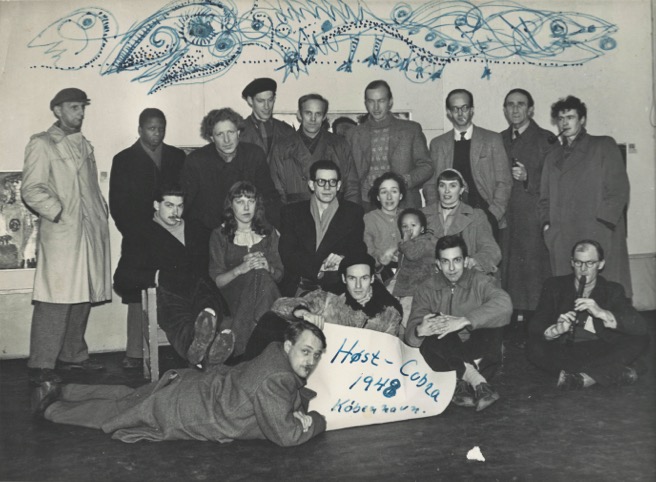
The first exhibition that saw them recognized protagonists was the one organized by Willeim Sandberg, director of the Stedelijk Museum in Amsterdam, who recognized the spirit of the time. The CoBrAs had been invited to decorate the interior of a home used as a refuge for architecture students by taking advantage of the opportunity to experiment freely and spontaneously on all the walls, floors and ceilings of the property. The resulting works became known as Bregnerød Murals and included loose figures of Jorn, Pedersen and British associate member Stephen Gilbert. Dotremont would then reflect on the time spent in Bregnerød as an embodiment of the spirit of inclusiveness, spontaneity and lust for the group’s experimentation, saying “… we were not organized, we were organic.” From the exhibition, the collective came out harshly criticized and completely broke away the bridle in 1951 from the Liege exhibition.
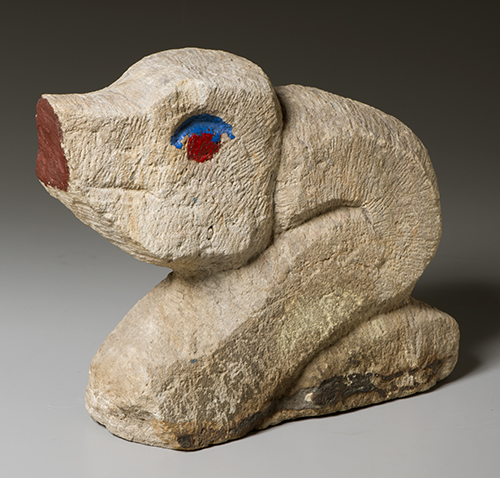
The CoBrA group makes the first great vanguard of the second post-war period that became the spokesman for the radical change of contemporary art that influenced the following decades.
.
